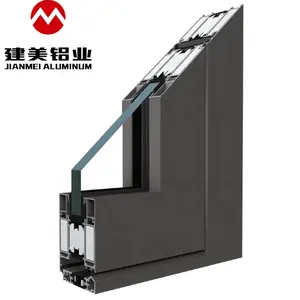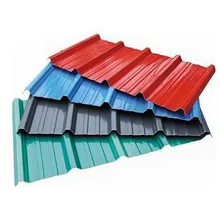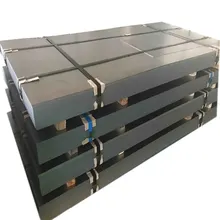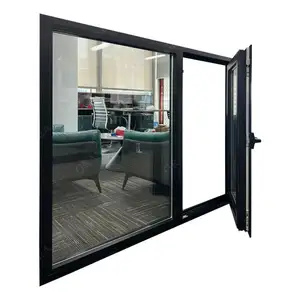Introduction to Window Aluminium Fabrication Materials
Aluminium fabrication materials are integral to modern construction and design, offering versatility and durability. Window aluminium fabrication materials stand out in the realm of architectural design, providing a blend of functionality and aesthetic appeal. This category encompasses a broad range of aluminium profiles and components specifically tailored for window construction and related applications.
Types and Shapes of Aluminium Fabrication Materials
The diversity of window aluminium profiles caters to various design and structural requirements. Available shapes include L-angled, square, and T-shaped bars, each serving distinct structural roles in window framing and support. Hollow and solid round tubes offer options for both lightweight design and robust construction. Complementary components such as J caps, Z clips, and channels facilitate seamless integration into window systems, enhancing both the utility and the finish of the end product.
Applications and Features
Aluminium window components are employed across a spectrum of industries, from automotive to plumbing and interior design. Their application in creating sleek, modern office furniture or in the precision required for lighting fixtures demonstrates their adaptability. In construction, these materials contribute to the stability and functionality of windows, interacting flawlessly with sliding track systems, framing systems, and essential hardware like gaskets and door locks.
Material Specifications and Customization
Typically forged from 6000 series aluminium alloy, these materials offer a balance of strength and workability, suitable for a range of environmental conditions with a temper range of T3 to T8. The thickness of these profiles can vary widely, from 0.2mm to 20mm, with options for customization to meet specific project requirements. This adaptability ensures that aluminium window fabrication materials can be tailored to the unique demands of each application.
Surface Treatments and Finishes
Surface treatment options for window aluminium fabrication materials are extensive, enhancing both appearance and performance. Powder and PVDF coatings provide a durable and vibrant finish, while anodizing creates a corrosion-resistant layer available in various colors. Electrophoresis and polishing offer a shiny, reflective surface, and sandblasting gives a matte texture. For a natural aesthetic, wood grain finishes mimic the texture and warmth of real wood, ideal for residential construction. These treatments not only contribute to the material's longevity but also expand the creative possibilities for designers and architects.
Color Variations and Aesthetic Choices
The final appearance of aluminium window frames can be highly customized, with a palette of colors ranging from classic whites and silvers to vibrant blues and yellows. This flexibility allows for the creation of windows that can either stand out as a feature of a building's design or blend seamlessly with the existing aesthetic. The choice of finish can significantly impact the visual impact and performance characteristics of the window, ensuring that the end product aligns with both functional requirements and design intentions.

































 浙公网安备 33010002000092号
浙公网安备 33010002000092号 浙B2-20120091-4
浙B2-20120091-4